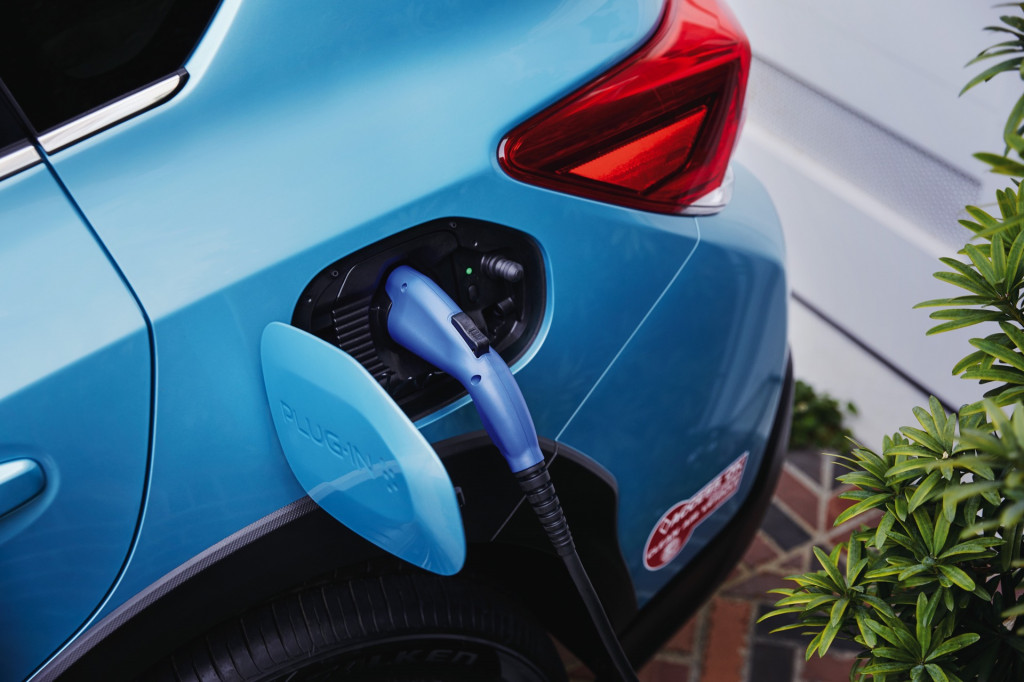Outdoorsy, crunchy, and active are surely among the descriptors that Subaru has carefully cultivated into its brand identity and owner base over the years. And while those sound like an ideal jumping point for going electric, Subaru still needs to assure its loyal owner base that leaving its trusty Boxer engines for an all-electric future is a move that’s as wise as it is eco-conscious.
Subaru is ready to take that leap—gradually. It announced Monday that it aims to make electric vehicles and hybrids at least 40 percent of its global sales by 2030. And by the first half of the 2030s, Subaru says that it will apply “electrification technologies” to all Subaru vehicles sold worldwide.
In Subaru’s official statements released Monday, it did not, as some outlets have reported, announce an aim to sell only electric vehicles by the mid-2030s.
Subaru is very ambitious about carbon reduction, though. It’s targeting an average well-to-wheel CO2 reduction for its new vehicles sold worldwide of 90 percent or more versus 2010 levels.

2019 Subaru Crosstrek Hybrid
To date, there still hasn’t been a fully electric, regular-production Subaru, and the only plug-in vehicle in the lineup is the somewhat limited-availability Subaru Crosstrek Hybrid, which borrows some components from the Toyota Prius Prime. However the carmaker is jointly developing a mid-size electric SUV with Toyota, potentially arriving around 2022, and in September Toyota and Subaru announced an expanded partnership for connected-car programs and a co-developed electric vehicle platform.
With today’s announcement, Reuters added that Subaru plans to develop a new “strong hybrid” with Toyota technology, in a vehicle to debut before the end of the decade.
In its official announcement, Subaru pointed to the need to keep those unique brand qualities while protecting the environment. With components of the plan that will cut direct CO2 emissions by 30 percent from 2017 to 2031 from the company’s operations itself, it said that it “will leverage Subaru’s unique character and technological innovation to contribute to the creation of a carbon-free society.”
